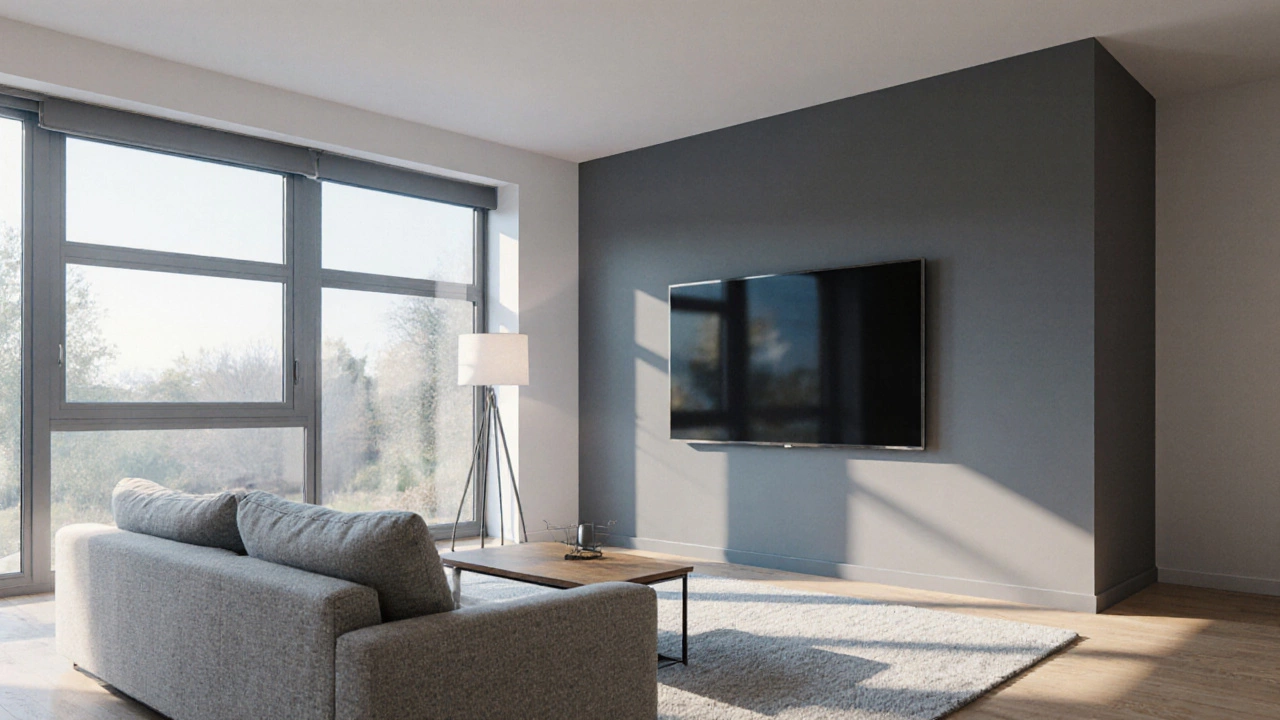TV Wall Design Ideas and Practical Tips
When planning a TV wall design, the process of arranging a television with surrounding furniture and décor to create a functional, eye‑catching focal point. Also known as media wall, it helps blend entertainment with everyday living space. TV stand the piece of furniture that supports the screen is the first building block, and choosing the right size sets the scale for the whole wall. Viewing distance the space between the couch and the screen dictates how big the display should be, while ergonomic height the optimal eye‑level placement of the TV prevents neck strain. These concepts are linked: TV wall design encompasses TV stand selection, requires ergonomic height calculation, and viewing distance influences layout decisions. In turn, a well‑planned living‑room layout shapes the entire TV wall design, creating a balanced room flow.
Key Factors for a Great TV Wall
The first step is measuring your screen. A 65‑inch TV, for example, needs a stand at least 57‑inches wide to keep the edges stable; a 55‑inch set works well on a 50‑inch stand. Once the stand width is set, calculate the ideal height: sit on your favorite spot and measure eye level—usually 42‑inches from the floor for average seated height. Align the screen so the middle sits at that point, then adjust the stand legs or use risers if needed. Next, consider viewing distance. A simple rule is to sit at a distance of 1.5 to 2.5 times the screen’s diagonal; for a 65‑inch TV that’s roughly 8 to 13 feet. Arrange sofas and chairs within that range to avoid pixelation or eye fatigue. Finally, think about the room’s layout. Place the TV wall opposite the main seating area, keep pathways clear, and use low-profile cabinets or floating shelves to hide cables. This creates a clean silhouette while preserving function.
Beyond basics, material and lighting add personality. Hardwood or reclaimed pine frames match a rustic vibe, while matte black metal gives a modern edge. Add dimmable wall sconces or LED strips behind the TV to reduce glare and set a mood. Cable management—raceways, in‑wall kits, or decorative boxes—keeps the wall tidy. Once the hardware and ergonomics settle, you can personalize with artwork, plants, or shelving that reflects your style. The choices you make now will shape how comfortable, stylish, and immersive your space feels. Below you’ll find practical guides on stand sizing, height calculations, optimal sofa‑to‑TV distance, and more, helping you turn a simple wall into a centerpiece your family will love.
Dark vs Light TV Wall: Which Color Works Best?
Discover how dark or light TV wall colors affect glare, mood, and room size, plus a step‑by‑step guide, checklist, and FAQs to help you choose the perfect shade.
More
